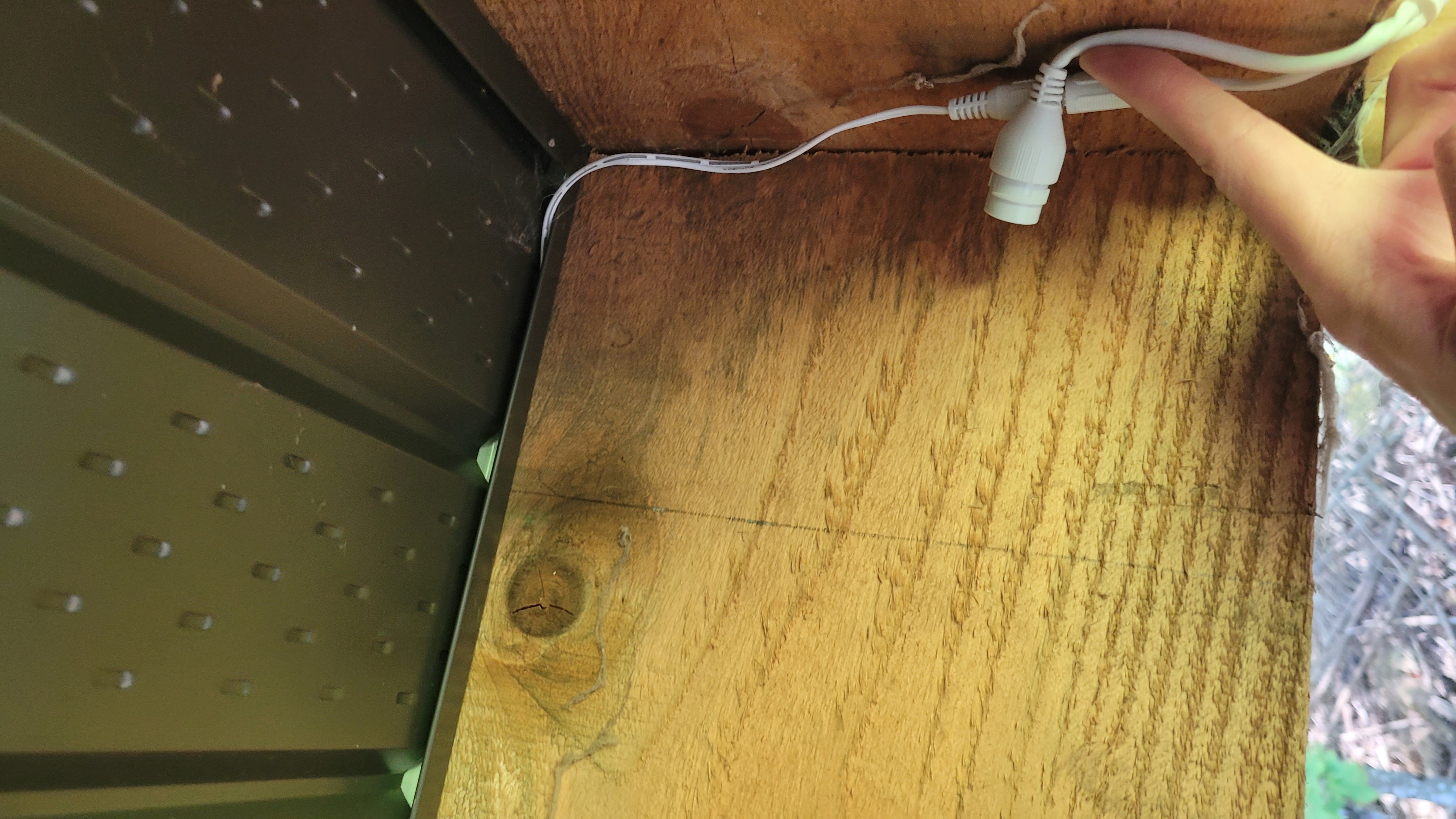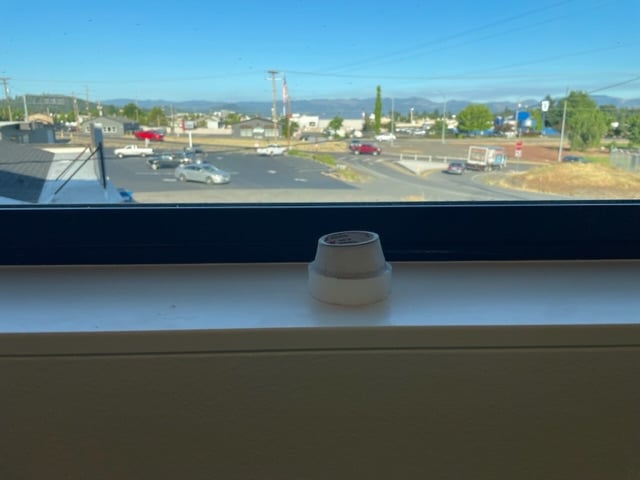Hi all,
First, I understand that neither is the optimal solution. I live in an 1800's farmhouse with plaster-and-lathe walls on top of a three-feet-deep stone foundation. Additionally, the exterior walls are too thin for a traditional outlet and require special retrofitting. I can say all of this with certainty because we discovered all of this while renovating our kitchen and bringing items up to code. To install to-code outlets, we needed to temporarily remove baseboard heating systems, drill through 9" deep hardwood floors, and then angle 90' from the floor into the wall underneath the pex heating cable in order to access the wall, using shallow receptacles to fit.
We simply don't have the funds to do this with all portions of this old house, at least not now. For our window-unit air conditioners (1 12,000 BTU Midea U inverter, 2 older 8000 BTU ACs), we do not have a modern grounded outlet within reach of our AC cable. Recognizing that neither option is ideal, what is safer:
a) Use a 'heavy-duty' short extension cord to bridge the gap between grounded outlet and AC power cable, and then tie the cable to prevent physical tripping or loosening
OR
b) Use a legitimate higher-end surge protector like a Tripp-Lite to extend outlet reach and plug into the surge protector.
Additionally, I would appreciate any general advice on the order of operations in the house as we slowly build towards an up-to-code century home. Our priorities are loosely in this order:
New panel, upgrading to 200a with whole home surge protector and dedicated grounds - DONE
Upgraded kitchen to modern code - IN PROGRESS
Replace all loose 2-prong outlets with GFCI, using "no equipment ground"
Re-order circuits that don't make sense
Add additional outlets -- potentially using wire mold to avoid digging into lathe based on expense.











